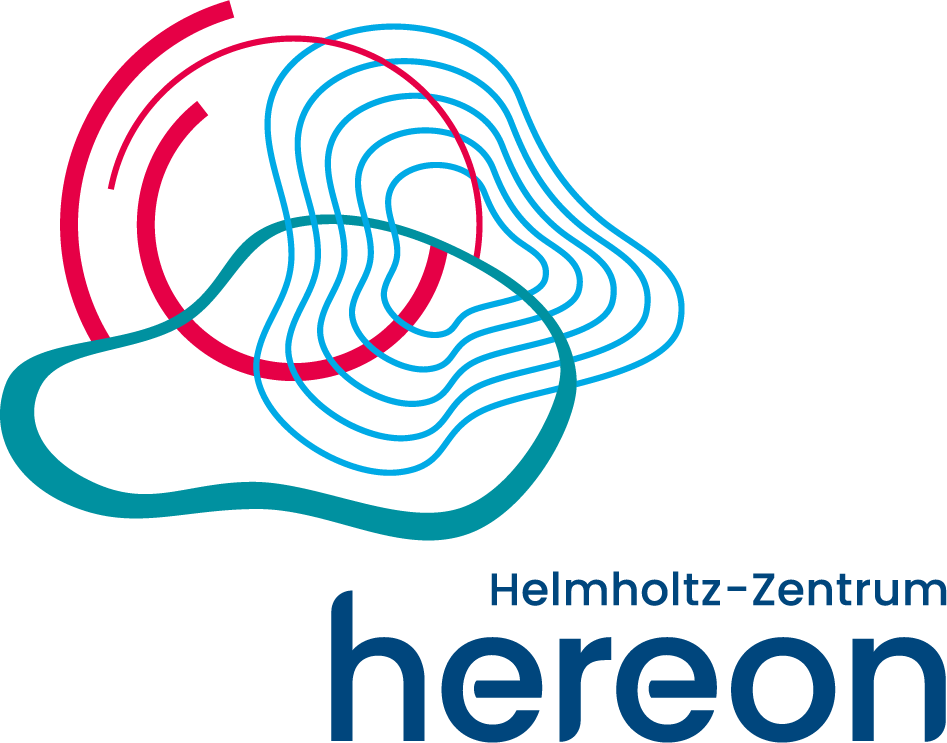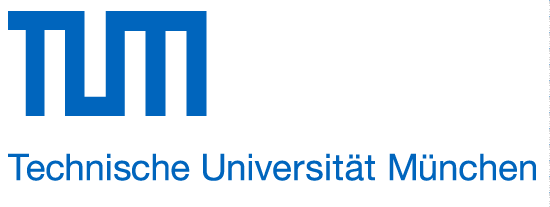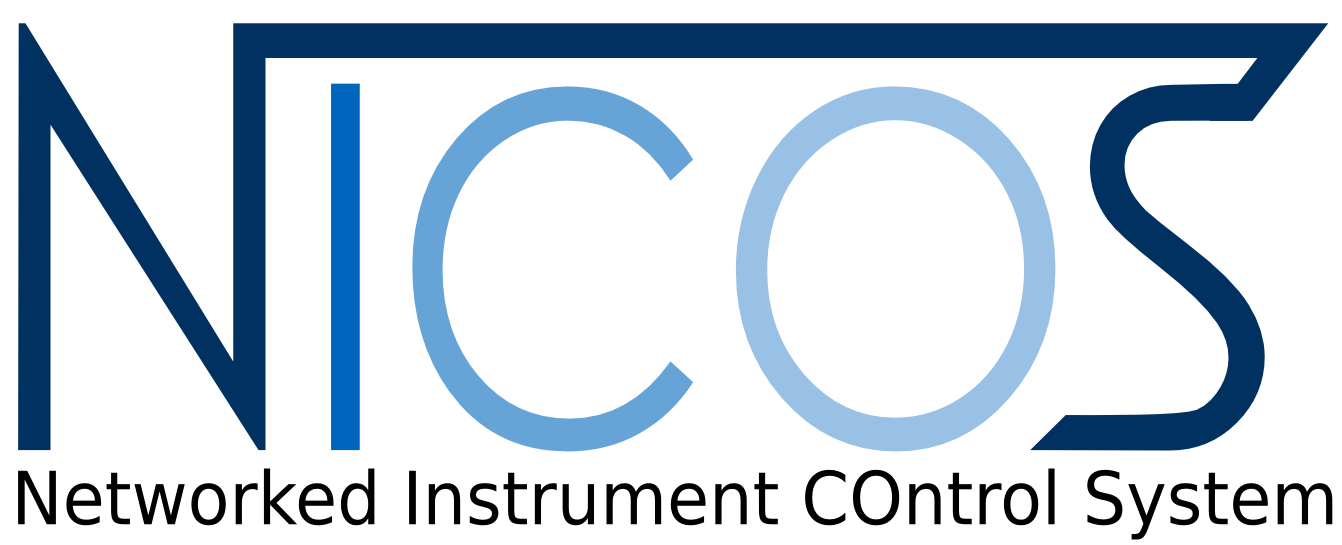MLZ is a cooperation between:
 > Technische Universität München
> Technische Universität München > Helmholtz-Zentrum Hereon
> Helmholtz-Zentrum Hereon
 > Forschungszentrum Jülich
> Forschungszentrum Jülich
MLZ is a member of:
 > LENS
> LENS > ERF-AISBL
> ERF-AISBL
MLZ on social media:

MLZ (eng)
Lichtenbergstr.1
85748 Garching
SAPHiR (under construction)
Six Anvil Press for High pressure Radiography and TOF diffraction
The instrument provides extreme pressure and temperature environments for time-of-flight neutron diffraction and neutron radiography of polycrystalline and liquid samples.
The instrument shares a thermal neutron beamline (wavelength range 1 – 2.4 Å) with the upstream instrument POWTEX. The centrepiece is a six-ram multianvil press that is placed on a positioning and rotation table for sample adjustment and surrounded by detectors for neutron diffraction and radiography.
The six independently adjustable rams provide a combined pressing force of up to 23.5 MN (2400 tons) that is transferred via a set of smaller second-stage anvils to a cubic sample assembly. An approx. 20 mm3 sample capsule can be subjected to P and T conditions of up to 15 GPa (150 kbar) and > 2000°C. Aided by an anvil positioning and advancing system with a precision in the sub-micron range, samples can be deformed at strain rates varying from approx. 10-3 to 10-7 s-1 for in situ stress and strain measurements.
An elliptical neutron guide with a variable supermirror coating of m = 1.5 – 4 will guide and focus the neutron beam between POWTEX and the press to the sample cross-section of 3 × 3 mm2. For radiography, different pinholes can reduce the divergence of the neutron beam to attain L/D ratios larger than 500 at reasonable neutron fluxes so that a resolution better than 100 μm can be achieved.
- Critical behaviour and miscibility of fluid-silicate melt systems
- Melt/fluid distribution in crystalline silicate systems
- Falling sphere viscosimetry
- Sintering kinetics
- Crystal structure and stability of water-bearing high-pressure phases
- Phase diagrams and transformation kinetics of light materials
- Equations of state at extreme conditions
- Structure of silicate melts
- Cathion ordering
- Magnetic ordering
- Rheological flow laws of high-pressure materials
- Elastic properties of materials at high pressure and temperature
- Assembly: Depending on sample volume and pressure requirements 10 – 15 mm diameter cubic sample assemblies are used with dewatered pyrophyllite or magnesium oxide pressure media that are compressed by 5 – 9 mm truncation length Ni-bound tungsten carbide anvils.
- Furnace: Internal platinum or rhenium foil or graphite resistance furnaces (up to > 2000°C)
- Cooling system: An additional cooling option is available; jackets surrounding the secondary anvils are flushed by liquid nitrogen, which allows temperatures to < 90 K. The cooling system can be combined with the heating furnace.
- Samples: Cylindrical Pt or Re sample capsules for solid (polycrystalline) or liquid/molten samples with a typical diameter and height of 2 – 4 mm (approx. 20 mm3 sample volume)
- Sample adjustment: ±10 cm in x-y-z direction and ±15° rotation of the press relative to the beam on a positioning table
- Angular coverage: 1.5 – 3 mm wide anvil gaps for entering and escaping neutrons at low and high 2Θ angles and at 90°
- SR-5: thermal neutrons downstream from POWTEX
- TOF neutron wavelength range: 1 – 2.4 Å
- Elliptical neutron guide, length 10 m, supermirror coating m = 1.5 – 4
- Entering and exit width: approx. 7 mm
| Puls chopper frequency (POWTEX): | 200 s-1 |
| Press chopper frequency: | 50 s-1 |
| Chopper disc diameter: | 750 mm |
| Pulse width: | 10 μs |
- TOF diffraction (50 s-1 chopper frequency): ~107 n s-1cm-1 on a 3 × 3 mm2 sample
- Radiography (continuous beam): ~5 × 108 n s-1cm-2 (L/D = 250),
~4 × 107 n s-1cm-2 (L/D = 500)
- 640 3He 8 mm tubes at 2Θ ~90° and ~10 – 35°, position resolution 3 mm
- Scintillator banks at large 2Θ angles 135 – 170°, position resolution 2 × 2 mm2
- Angular range of detector banks (2 Θ): ~10 – 35°, ~85 – 95°, and ~135 – 170°, Q ≈ < 1 – 10 Å-1
Contact
Prof. Dr. Hans Keppler (project leader)
Phone: +49 (0)921 5537-44
E-mail: hans.keppler@uni-bayreuth.de
Dr. Nicolas Walte (instrument scientist)
Phone: +49 (0)89 289-11772
E-mail: nicolas.walte@frm2.tum.de
Walter Hulm (technician)
Phone: +49 (0)89 289-11775
E-mail: walter.hulm@frm2.tum.de
Operated by

Funding

News
Publications
Find the latest publications regarding SAPHiR in our publication database iMPULSE:
Citation templates for users
In all publications based on experiments on this instrument, you must provide some acknowledgements. To make your work easier, we have prepared all the necessary templates for you on this page.
Instrument control
Gallery


MLZ is a cooperation between:
 > Technische Universität München
> Technische Universität München > Helmholtz-Zentrum Hereon
> Helmholtz-Zentrum Hereon
 > Forschungszentrum Jülich
> Forschungszentrum Jülich
MLZ is a member of:
 > LENS
> LENS > ERF-AISBL
> ERF-AISBL
MLZ on social media:





